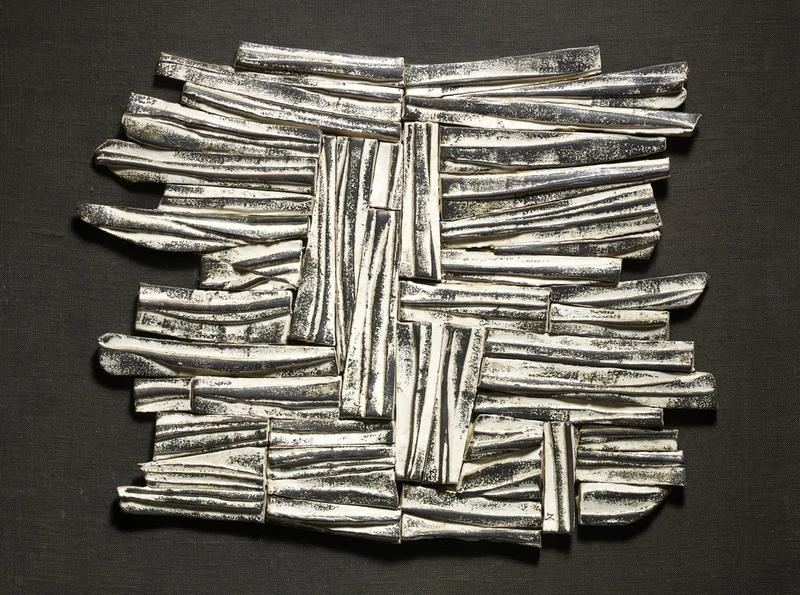Suzuki Osamu
1926 to 2001
Japan

Biography
Osamu Suzuki was born in Kyoto and studied pottery with his father, Ugenji Suzuki, a master potter of the renowned Eiraku studio.
In 1948 along with other like-minded potters including Kazuo Yagi (1918-1979) and Hikaru Yamada (1923-2001), he co-founded the influential avant-garde ceramic group, Sōdeisha (Crawling through Mud Association), a name which refers to a Chinese term meaning 'glazing flaw'.
The aim of this group of potters was to install a more artistic and expressive dimension in pottery, relieving the final object of its utilitarian purpose and giving new form and meaning to the discipline. Therefore, their creations could not be categorised as mere ceramics and they were often referred to as Objet-yaki (Ceramic Art Object). Suzuki took to creating organic and formalistic ceramics often entitling his works deizō (earthen figure) or deishō (clay image). Inspired by nature his sculptural works borrowed the forms of animals and natural phenomena.
In 1960 Suzuki won a prize at the Japan Ceramic Society, Tokyo and in 1961 the Golden prize at the International Pottery Exhibition, Prague. Having achieved international success Suzuki became associate professor of ceramics at the Osaka University of Arts in 1968 and in 1970 won the Golden prize at La Biennale Internationale de Céramique Contemporaine, Vallauris, France before receiving the Minister for Trade prize at the International Pottery Exhibition, Faenza the year after.
Following the premature death of Kazuo Yagi in 1979 he took over teaching ceramics at Kyoto City University of Arts and continued to do so until his retirement in 1999. That same year he held an exhibition at the National Museum of Modern Art, Tokyo and in 2013 twelve years after his death, the National Museum of Modern Art, Kyoto held a retrospective entitled Suzuki Osamu: Image in Clay, portraying Suzuki's evolution and philosophy: from 'Pottery for Use' into 'Pottery for Viewing' and eventually into 'Poetry Ceramics'.
Works by the artist can be found in the collection of: Museum of Modern Art, Tokyo; The National Museum of Modern Art, Kyoto; Kyoto Municipal Museum of Art; Aichi Prefectural Ceramic Museum; Fukushima Prefectural Museum of Art; Shigaraki Ceramic Cultural Park, Shiga; Setagaya Art Museum, Tokyo; Shiseido Art House, Shizuoka; Kodama Museum of Art, Kagoshima; Takamatsu City Museum of Art, Kagawa; Hiroshima Prefectural Art Museum; Chushin Art Museum, Kyoto.








